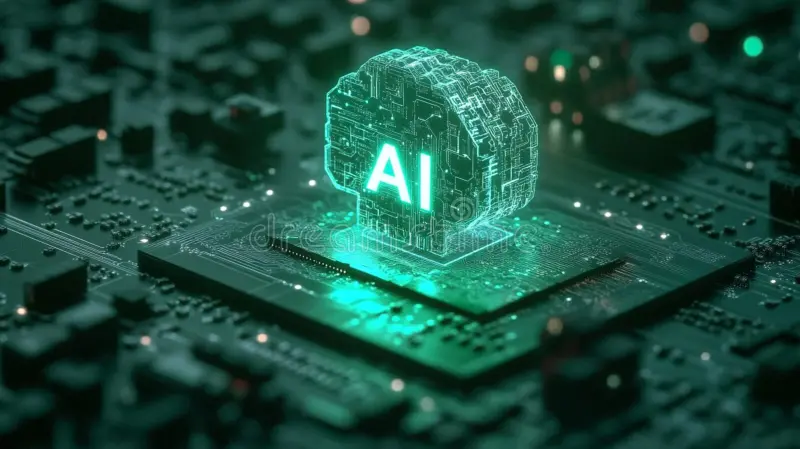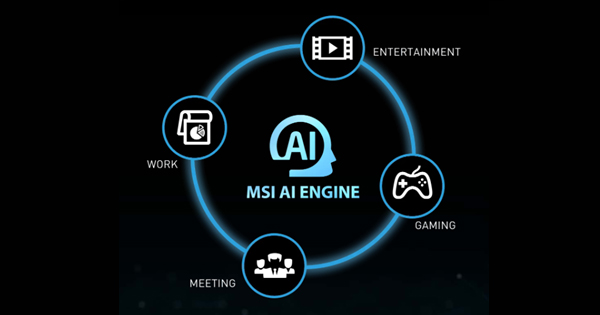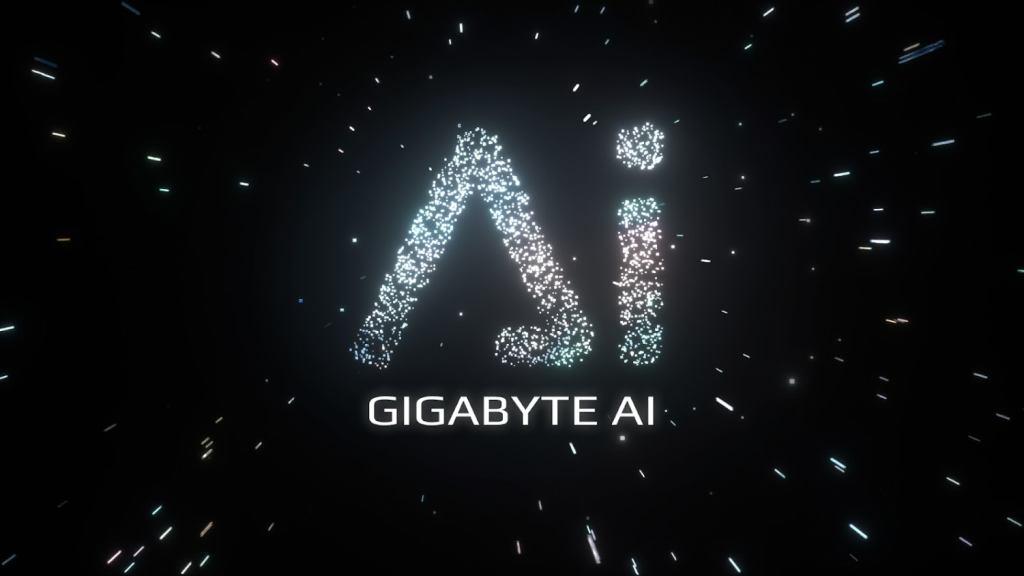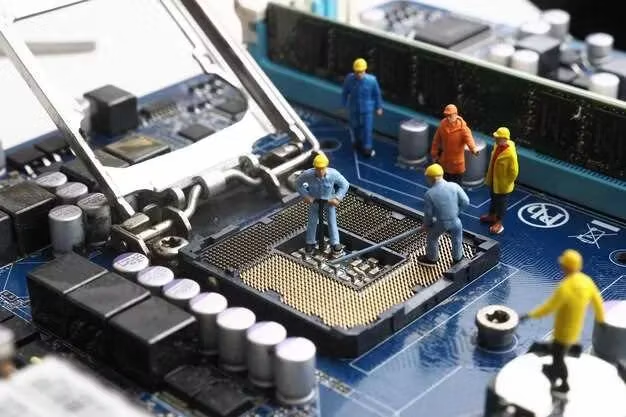Modern motherboards are often advertised as AI optimized motherboards. Why does “AI” show up everywhere, and why should PC gamers pay attention? These boards integrate a range of features that automate cooling, overclocking, networking, audio, and memory setup. The goal is to deliver high performance with less hassle and lower risk.
What “AI” Means On A Motherboard

When manufacturers say “AI,” they do not always mean a full neural network. In motherboards, “AI” usually refers to:
-
Pretrained algorithms and heuristics built from a large set of measurements (“profiles”).
-
Systems that react to telemetry (temperature, workload, fan speed, power draw) and adjust settings (frequency, voltage, fan curves, network rules).
-
In some cases, models that continue “training” during real use, adapting to cooling, ambient temperature, and noise levels.
The typical inputs are:
-
CPU, GPU, and case temperature sensors.
-
Power and current sensors (VRM, PSU).
-
Workload data (gaming, rendering, idle).
-
Network metrics such as latency and bandwidth.
The outputs being controlled include:
-
CPU and sometimes memory voltage/frequency curves (overclocking, boost).
-
Fan or pump speeds for cooling.
-
Network traffic prioritization (QoS) and latency management.
-
Noise suppression: microphone input cleanup, or fan/pump noise reduction.
Takeaway: these tools aim to deliver safer performance with fewer manual tweaks.
Why It Matters For Gamers And Creators
AI optimized motherboards can make life easier for anyone who wants a powerful PC without spending hours on BIOS fine-tuning.
Benefits
-
Higher stable and sustained clock speeds in long gaming or rendering sessions.
-
Quieter systems at medium load, with reduced fan or pump noise.
-
Fewer FPS drops or stutters caused by throttling or overheating.
-
Instant setup: CPU, memory, and cooling are tuned in one click.
Specific advantages
-
Smoother frame times during long gaming sessions.
-
Lower noise levels under combined CPU + GPU load.
-
Quick CPU or memory setup for newcomers.
-
Auto profiles that switch between “gaming” and “editing/streaming” modes.
Major Vendors And Their AI Stacks
Here is an overview of the leading vendors, their AI feature stacks, and what they control.
ASUS

ASUS offers AI Overclocking, which analyzes the CPU and cooling system to predict optimal voltage and frequency. It runs through BIOS/UEFI or the AI Suite 3 utility.
ASUS also provides AI Cooling II, which automatically manages fans based on workload and thermal readings to reduce noise.
Additional tools include AI Networking for traffic prioritization and AI Noise Cancelation to reduce background noise.
Recent ASUS motherboards such as X870E, X870, B850, and B840 for Ryzen 9000 series support these features.
MSI

MSI AI Engine automatically detects usage scenarios (gaming, multimedia, desktop) and applies matching settings. It adjusts performance, lighting, audio, and fan modes per scenario.
MSI also offers Frozr AI Cooling, which balances noise and performance by tuning fans based on CPU and GPU thermal data.
Motherboards such as the MPG X870E CARBON WIFI include these AI functions via MSI Center.
GIGABYTE

GIGABYTE promotes AI Nexus, which bundles:
-
AI Boost (auto overclocking and performance uplift).
-
AI Power Gear (smart power management).
-
AI Cooling and SkyVision overlays on select platforms.
Desktop motherboard features are less detailed than ASUS or MSI, but AI Nexus is part of their official “AI PC” push across Z790/Z890 and X870E boards.
ASRock
ASRock does not currently market a defined AI stack like ASUS, MSI, or GIGABYTE. While it offers tuning utilities, they are not officially branded as “AI.”
Platform Features That Tie In
Some platform-level technologies also connect to motherboard AI features.
Intel Application Optimization manages thread allocation to boost efficiency in games, and motherboards ensure support through firmware.
Memory profiles like Intel XMP and AMD EXPO set predefined timings and speeds. AI-assisted tools can test and adjust these profiles for stability in real-world builds.
Cooling, Power, And Memory: Practical Changes

AI tuning only works well if hardware quality is strong.
Cooling
Features like ASUS AI Cooling or MSI Frozr AI Cooling optimize fan and pump speeds to keep temperatures in check with less noise. This is ideal for quiet systems, but manual curves still offer the most control for unusual cases.
Power Delivery
AI overclocking and boosting manage voltage and frequency based on cooling and VRM capability. Stronger VRMs mean higher safe performance; weaker power stages limit gains or stability.
Memory Training
AI logic can validate XMP/EXPO stability and automatically adjust timings or frequencies to prevent crashes. It reduces the chance of failed memory profiles in marginal setups.
Testing AI Features In Games
To see real gains:
-
Choose a CPU-heavy game.
-
Run a 20-minute session with AI features off, log CPU/GPU clocks, temps, power, noise, and frame time percentiles.
-
Repeat with AI features on.
-
Compare sustained performance, noise levels, and frame time consistency.
If official benchmarks exist for your board, check them for reference.
Setup And Safety
AI features are controlled via BIOS/UEFI and vendor apps like Armoury Crate, MSI Center, and GIGABYTE Control Center.
Checklist for safe use:
-
Update motherboard BIOS to the latest version.
-
Ensure proper cooling and case airflow.
-
Enable AI features gradually, starting from moderate modes.
-
If instability or overheating occurs, disable and revert to manual settings.
Buying Guide: What To Check
When choosing AI optimized motherboards, look past the marketing and check real specs.
-
CPU and chipset support.
-
VRM quality (phases, cooling, components).
-
Sensor count and fan/pump headers.
-
BIOS with per-profile saves.
-
Vendor software stability and update pace.
Also consider warranty and support policies before investing.
Debunking Myths
-
AI overclocking is not magic; cooling and VRM still set the limits.
-
Auto fan control requires a training run before it works well.
-
Memory auto-tuning cannot fix weak DIMMs.
Conclusion
AI optimized motherboards shine for gamers and creators who want stable, quiet performance without manual tweaking. They smooth frame times, reduce fan noise, and simplify setup. The biggest wins come when strong VRMs, cooling, and memory are paired with smart automation. For modern builds, AI optimized motherboards make high-end performance much easier to reach.
